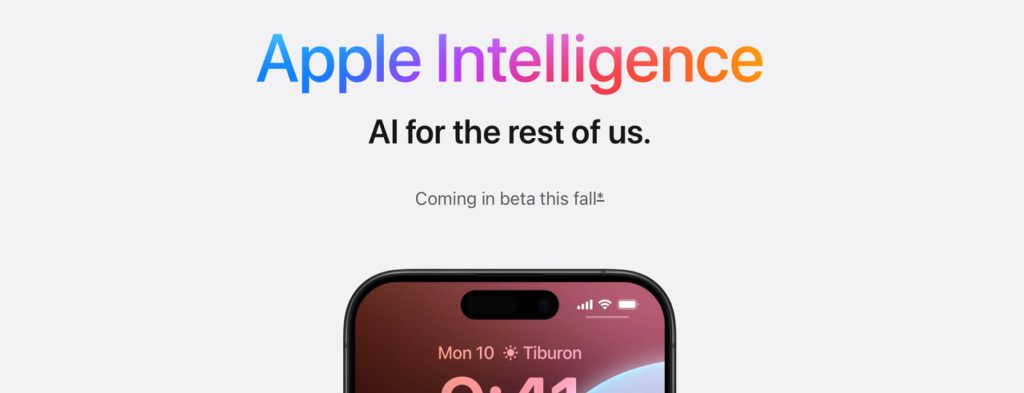Mobile Apps are a complete business in a mobile device. The success of the app measures the success of the business. So, it is important to analyze the success of your app as it directly impacts your business.
As a development agency, if your app improves the client’s business profits, you earn satisfied clients who provide good reviews. With this, the possibility of getting more clients also increases.
As a business owner, the app can decide the future of your business by reaching the masses. Its success can be the game-changer for your business. So, it is a crucial need for every business to measure the success of their app. App success metrics are the criteria or parameters you can leverage to measure, maintain, and improve app success with an aim to ultimately surge your business.
There are numerous metrics or criteria to measure app success. For the ease of understanding, we have categorized these into broader heads that may not be entirely mutually exclusive. Let’s see what these metrics for measuring app success are, and how these are important!
User-Base Generation and Growth Metrics
These metrics measure the number of users created and the number of active users.
1. Downloads and Installations
The number of app downloads from the app store indicates that the app has started gaining recognition among masses. The difference in the number of app downloads and installations after download may indicate a technical issue with the installation process that needs to be corrected.
2. Registrations/Subscriptions
Many users may not register the app or create a login account even after installation due to complexities in the registration process or a lengthy form that asks for a lot of personal information. Less registration or subscription may also be due to deficiencies in the landing screen of the app, technical fault of loading time, etc. These issues need to be checked and amended immediately for apps’ success.
3. App Upgrades
Growth in the number of users is dependent on new users being added and present users still being active. This can be measured by the number of users upgrading the app regularly.
4. Active Users
The count of daily and monthly active users provides a measure for sustained or continued user-base.
User Experience, Satisfaction, and Reaction Metrics
These metrics measure a variety of user behaviors with app use.
5. Views, Ratings, and Feedback
The most useful app metrics are user experience, satisfaction, and reaction metrics; the number of user views, ratings given by users, and specific feedback or reviews from the users. These are easy to gather and the most useful metrics as these indicate the users’ overall reaction after app use.
6. Screen-flow metrics
These include the number of screens visited by the user in a session and how much time the user spends on each screen. These can be measured through the heatmaps. These provide a deeper insight into what features or screens of the app users prefer spending most of their time on. This can help you improve on other features to achieve higher app success.
7. Virality or spread
The virality or reach of your app is indicated by referrals. If the app users are happy, they are most likely to recommend the app to people around them and thus increase the user-base. Virality can be measured by tracking referrals through referral codes and improved by giving away rewards for every referral.
Session Metrics
Session metrics are a measure of how much the app engages the users through the time that they spent on the app. Session metrics include the number of sessions, session lengths, and session intervals.
8. Number of sessions and session length
Average daily sessions per daily active user is a measure of how many times a user returns to the app every day. The average session length is how much time a user spends on the app in a single session or the time period between the opening and closing of the app for a particular session.
9. Session Intervals
Users may use the app multiple times on the same day, once every day, or twice or thrice weekly. Session interval is a measure of this time between the sessions.
These app session metrics provide a deeper insight into app user engagement. The numbers vary with the purpose of the app or the business, but a frequent user (higher number of daily sessions) with lesser session intervals and greater session lengths largely indicates that the app is faring well.
User Retention and Abandonment Metrics
These metrics show how many users got retained after a span of time and how many abandoned the app.
10. Retention
Retention rate is a measure of the number of users returning to the app or retained after a set or specified period of time. These numbers if rising smoothly over a large period, directly indicate app success.
11. Churn rate and abandonment
Churn rate is the opposite of the retention rate. A high churn rate indicates app abandonment or the failure of the app in retaining users. It is also important to know at what stage the app was abandoned by the user. This provides insight into the deficient features of the app that can be improved to attain max app success.
12. App Uninstallations
Users may also uninstall the app after a few days, weeks, or months after registration. Uninstallation is a great indicator of a fall in the user base due to the app not being able to impress or satisfy users.
App Performance Metrics
App crashes, load time, and network errors are metrics that can help discover the technical issues affecting your app’s performance.
13. App Crashes
It is very important to measure the number of times the app crashes and with what user activity it crashes. Through crash reports, developers can measure this and correct the same.
14. App loading time and app response time
These are the major metrics in measuring the technical performance of the app. App loading time is the time taken for loading of the initial app screen. App response time is the time taken for various tasks on the app to include time taken to respond to a click, to switch to a new screen upon submit, etc. These metrics are very important and need to be addressed well during the app development stage, as poor loading and response time can frustrate the user at the first use of the app and the user is expected to abandon the app.
15. Network error metrics
It is also helpful to measure the number and nature of network error pop-ups the users encounter during app use. These help the development team know the exact issue, solve the same, and improve user experience.
Profitability Metrics
Profitability metrics are those parameters that help measure app revenue-generation or profitability of the app. These are the most significant metrics for a business. Here are the popular revenue-generation metrics.
16. Average Revenue Per User
ARPU is the average revenue generated per app user through in-app purchases, paid subscriptions, downloads, clicks, etc. This is calculated by dividing the total revenue earned in a specified time-frame by the number of active users in that time-frame.
17. Cost Per Acquisition
CPA is the cost you incur in acquiring a user. This is computed by dividing the total costs incurred in the complete process by the total number of user acquisitions or conversions.
18. Lifetime Value
LV of the user is the product of the average number of conversions in a time-frame, average value of a conversion, and average customer lifetime.
19. Conversion Rates (Organic and Paid)
Organic CR is the conversion rate achieved through unpaid modes to include influencer marketing, social-media awareness, organic search, etc. Paid CR is the conversion rate through paid marketing techniques. Organic and paid conversion rates can be compared to assess whether the expenses on paid marketing campaigns are cost-effective and contribute significantly to app success.
Marketing Strategy and Channel Metrics
Marketing efforts play a significant role in app success. Thus, it becomes very important to measure these and modify marketing strategies to achieve better results and app success.
20. Marketing channels and techniques
It is also important to analyze the marketing techniques and channels that are giving the best results for app success (including user base growth) and the ones that are gradually failing, to include reports on the growth of the app on social-media and influencer-marketing platforms. For instance, a listing or a blog post about the app on a popular blog may result in a sudden jump in the user base.
21. Paid Vs. Organic (techniques)
Most importantly, the metrics on paid and organic marketing modes throw light on the cost versus benefit ratio of paid marketing techniques. For example, the number of users acquired through a paid listing.
There are numerous data analytics tools available both free and paid that aid in measuring app success through various marketing efforts.
Other Important Metrics
22. User location and demographics
Your app may be very successful at some specific locations and with specific user categories based on demographics and not performing well with others. The revenue earned from different locations also indicates what locations need to be focused more and what locations have reached a saturation point for your app and business. Location and demographics metrics for measuring app success help you analyze the pros and cons of your app for different locations and user/customer demographics and improve your reach.
23. Devices and Operating Systems
You can also get further insights into app success by analyzing the devices and OS that users use the most for your app. This information helps you improve the app to suit all devices.
Tools to Measure App Success
There are numerous tools available in the market both free and paid, to measure app success. You can select these based on your specific business and app needs and your budget. There are distinct tools to measure different sets of metrics, but the most popular tools that cover a wide range of app success metrics are Google Analytics, Kissmetrics, Flurry by Yahoo!, Facebook Analytics, AppBot, Adobe Analytics, and Mixpanel.
Wrapping Up
Today, mobile apps define the future of a business. Surging your business through an app is much easier than growing a customer-base offline. With a little effort on improving your app and its reachability, you can help your business rise to a level you dreamt of!
To measure app success and improve it, all you need is a good app development agency that also offers post-development technical and marketing support. This is the reason why you need to have an experienced mobile app development agency to create your business app. Our team at Blue Whale Apps has the experience and capacity to manage all this for you and offer the perfect app for your business. Get in Touch!






